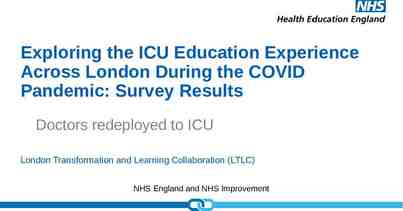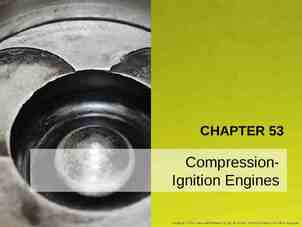Sunit Jurel Executive Editor Journal of Oral Hygiene & Health
11 Slides483.59 KB

Sunit Jurel Executive Editor Journal of Oral Hygiene & Health

Biography Dr. Sunit kumar jurel is working as assistant professor in faculty of dental sciences upgraded kgmc lucknow(u.p) He has got fellowship of fellowship of academy of general education, fellowship of pierre fauchard academy and fellowship of international college of dentists. He is a researcher and an acdemician. He is in editorial board of various national and international journals and has got many publications in national and international journals to his credit. He has been recently selected for IPS JPS international scientific exchange programme.

Ergonomics and Tobacco Cessation initiatives are two of her interests in the curriculum. In 2009, Susan was the dental consultant for an episode of the HBO TREME series. Susan has been a peer reviewer for DIMENSIONS since 2004 and she has written articles for the journal since 2009. Ms. Parker learn from the ADA Evidence Panel and Susan has been an ADA evidence-based reviewer since 2010. She currently has seven critical summaries published on the site and two plain language summaries. Susan has worked on IRB study regarding pregnancy outcomes of mothers with periodontal disease and she is presently working on another IRB study about the ‘special populations’ group in dentistry.

Research Interest Interested in Gingivitis studies, oral implantology, Forensic dontics, Effect of oral appliances in obstructive sleep apnoea patients with type-II diabetes mellitus

Recent Publications Gupta DS, Bumb SS, Jurel SK, Srivastava S (2014) Unusual pathology of unusual location: a case of a palatal sialolith. BMJ Case Rep. 2014 Oct 17;2014. pii: bcr2014206830. doi: 10.1136/bcr-2014-206830. Singh RD, Jurel SK, Tripathi S, Agrawal KK, Kumari R (2014) Mercury and other biomedical waste management practices among dental practitioners in India. Biomed Res Int. 2014;2014:272750. doi: 10.1155/2014/272750. Epub 2014 Aug 4. Jurel SK, Gupta DS, Singh RD, Singh M, Srivastava S (2014) Genes and oral cancer. Indian J Hum Genet. 2014 Jan;20(1):4-9. doi: 10.4103/0971-6866.132745. Review.

Recent Publications Aggarwal H, Jurel SK, Kumar P, Chand P (2014) Rehabilitating mandibular resection with guide flange prosthesis. J Coll Physicians Surg Pak. 2014 May;24 Suppl 2:S135-7. doi: 05.2014/JCPSP.S135S137. Kumar P, Aggrawal H, Singh RD, Chand P, Jurel SK, Alvi HA, Gupta SK (2014) A simplified approach for placing the iris disc on a custom made ocular prosthesis: report of four cases. J Indian Prosthodont Soc. 2014 Mar;14(1):124-7. doi: 10.1007/s13191-012-0179-9. Epub 2012 Oct 18. Sharma S, Gupta DS, Pal US, Jurel SK (2014) Etiological factors of temporomandibular joint disorders. Natl J Maxillofac Surg. 2011 Jul;2(2):116-9. doi: 10.4103/09755950.94463.

Dental implant A dental implant (also known as an endosseous implant or fixture) is a surgical component that interfaces with the bone of the jaw or skull to support a dental prosthesis such as a crown, bridge, denture, facial prosthesis or to act as an orthodontic anchor. The basis for modern dental implants is a biologic process called osseointegration where materials, such as titanium, form an intimate bond to bone.

Dental implant The implant fixture is first placed, so that it is likely to osseointegrate, then a dental prosthetic is added. A variable amount of healing time is required for osseointegration before either the dental prosthetic (a tooth, bridge or denture) is attached to the implant or an abutment is placed which will hold a dental prosthetic.

Dental implant Success or failure of implants depends on the health of the person receiving it, drugs which impact the chances of osseointegration and the health of the tissues in the mouth. The amount of stress that will be put on the implant and fixture during normal function is also evaluated.

Dental implant Planning the position and number of implants is key to the long-term health of the prosthetic since biomechanical forces created during chewing can be significant. The position of implants is determined by the position and angle of adjacent teeth, lab simulations or by using computed tomography with CAD/CAM simulations and surgical guides called stents.

Journal of Oral Health & Hygiene Oral Cancer Oral Health Dentistry Dental Bonding Dental caries Dental implant






